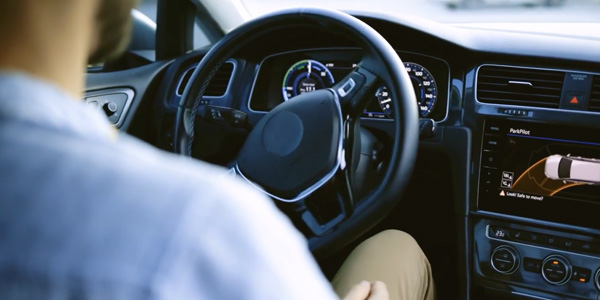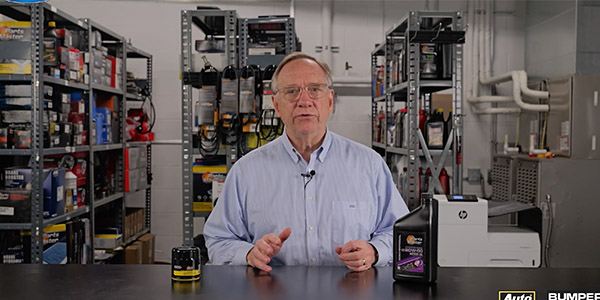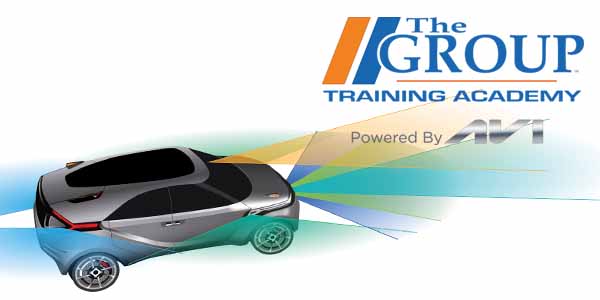Advanced driver-assistance systems (ADAS) are designed to reduce traffic injuries and fatalities, as well as warn the driver of dangers that they may not be able to see.
These advanced safety systems are able to automatically apply the brakes, keep the vehicle in its lane of travel and detect pedestrians or other hazards on the road.
Despite how advanced these systems are, sometimes something simple can interfere. A dirty camera lens or radar emitter can produce a faulty reading. Improper calibration could cause the brakes to be applied when there is no danger, or the system could fail to intervene when it is needed most. Collision damage isn’t always detectable from the outside. If a sensor becomes dislodged behind a bumper cover, it won’t be able to do its job effectively.
This video is sponsored by Standard.














